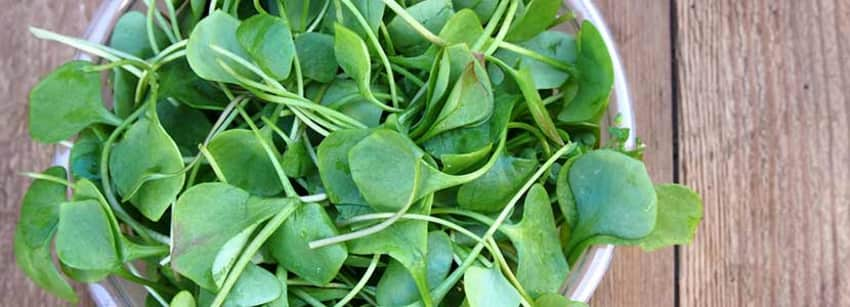



Leafy salad vegetables is a term that is used to describe a variety of leafy vegetables that are mostly sold in loose form. Some of the most popular vegetables are rocket and baby spinach. In fact, around 17% of each of these vegetables has its root mass cut off before being sold.
Kale is a leafy salad vegetables very high in nutrients and very low in calories, making it one of the most nutrient-dense foods on the planet. Many powerful antioxidants are found in kale, including quercetin and kaempferol, which have numerous beneficial effects on health. Kale is extremely high in vitamin C, an antioxidant that has many important roles in the body. A single cup of raw kale actually contains more vitamin C than an orange.
Lettuce is a leafy salad vegetable, famous for giving salads their base. There are multiple types of lettuce, and they all share the scientific name Lactuca sativa. The health benefits of lettuce come primarily from its vitamin content. Health benefits vary depending on the type of lettuce a person eats.


Watercress is a dark, leafy green that grows in natural spring water. Historically, people have used watercress as little more than a garnish. Now, however, it is seeing a resurgence in popularity as one of the latest superfoods.


As of June 2019:
Most of these vegetables are grown in areas that are heavily populated. Hence, they are grown all over Australia. Some of the major production areas include Gatton in Queensland and the Gippsland region in Victoria.